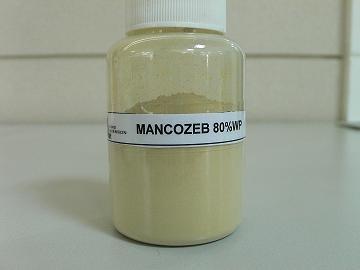First, the innate factors 1. Eggs are from breeders that have egg-borne diseases, such as ferrets, mycoplasma, and Marek’s disease; eggs that have not been sterilized before hatching (which is common in rural areas for a small amount of hatch) or are not thoroughly sterilized. As a result, the hatched chicks became sick and died. 2. The incubator utensils are not clean and have germs. It is a common phenomenon in the process of hatching in the countryside, hot-water bag hatching and hatching of hens. When the hatching bacteria invade the chick embryo, the chicken embryo develops abnormally. After the hatching, the umbilicus will be inflamed to form omphalitis, which is one of the reasons for the high mortality of the chicks. 3, the cause of the incubation process. Due to incomprehensive knowledge of hatching, improper operation of temperature, humidity, and egg turning during hatching resulted in incomplete development of chicks, which led to early death of chicks. Second, the acquired factors 1, low temperature. Chickens are warm-blooded animals that maintain a relatively constant body temperature within a range of temperature conditions. However, in production practice, the death rate of chicks due to low temperature is very high, especially at the third day of hatching. The reason for the low temperature is due to the poor heat preservation performance of the chicken house, the low outside temperature, weak heating conditions such as power failure, ceasefire, etc., and the brooding room has a draft or wind. If the low temperature is too long, it can cause large numbers of chicks to die. After a chick that has not died in a low-temperature environment, it is extremely susceptible to various diseases and infectious diseases, and the result is extremely harmful to the chicks. 2, high temperature. Causes of high temperature are: (1) high outside temperature, high humidity inside the house, poor ventilation performance, large chick density; (2) overheating in the house, or uneven heat distribution; (3) management personnel carelessly caused the room temperature out of control. High temperatures impede the spread of body heat and moisture, and the body heat balance is disturbed. For a short period of high temperature, the chicks have a certain ability to adapt and adjust. If the time is too long, the chicks will die. 3, humidity. Under normal conditions, the relative humidity requirement is not as strict as the temperature, such as when the humidity is seriously insufficient, the environment is dry, and the chicks cannot drink water in time, the chicks may be dehydrated. In rural areas, because of the fact that chickens will be diarrhea after drinking water, some farmers feed only commercially available chicken supplements and do not supply enough drinking water, causing chickens to die due to lack of water. Sometimes because of lack of drinking water for a long time, suddenly supply drinking water, chicks rush to drink, causing the chicken's head, neck and body feathers soaked, short-term not easy to cause disease death. Humidity is too high or too low for the survival of chicks, the appropriate relative humidity should be 70-75%. 4, hunger. There are many factors that affect the chick's feeding and appetite, causing the chicks to become hungry and die. Such as the brood chamber is too cold, overheating, excessive humidity, poor ventilation, noise, lack of light, excessive chick density and other undesirable factors, or other such as the supply tray, water tray is not enough or improperly placed, poor quality of feed or drinking water, or Disease infections, etc., will cause the chicks to die of hunger. 5. Death from other causes. Such as animal damage, rodent damage, delirium, phytotoxicity and other human factors.
Mancozeb
It is a dithiocarbamate non-systemic agricultural fungicide with
multi-site, protective action on contact. It is a combination of two other dithiocarbamates: maneb and zineb. The mixture controls many fungal diseases in
a wide range of field crops, fruits, nuts, vegetables, and ornamentals. It is
marketed as Penncozeb, Trimanoc, Vondozeb, Dithane, Manzeb, Nemispot, and Manzane.
Agricultural Mancozeb,Rice Sheath Blight Mancozeb,Pesticides Agricultural Mancozeb,Fungicides Mancozeb Ningxia Bornstein Import & Export Co., Ltd , https://www.bornstein-agriculture.com
Early Broiler Chickens Breakdown Reason Early Prevention
In the chicken-raising process, the early death of the chicks accounted for a large proportion. According to the results of clinical investigation, the causes of death are mainly congenital factors and acquired factors. The former accounted for about 35% of the total number of deaths of chicks, and the latter accounted for about 65% of the total number of deaths of chicks.